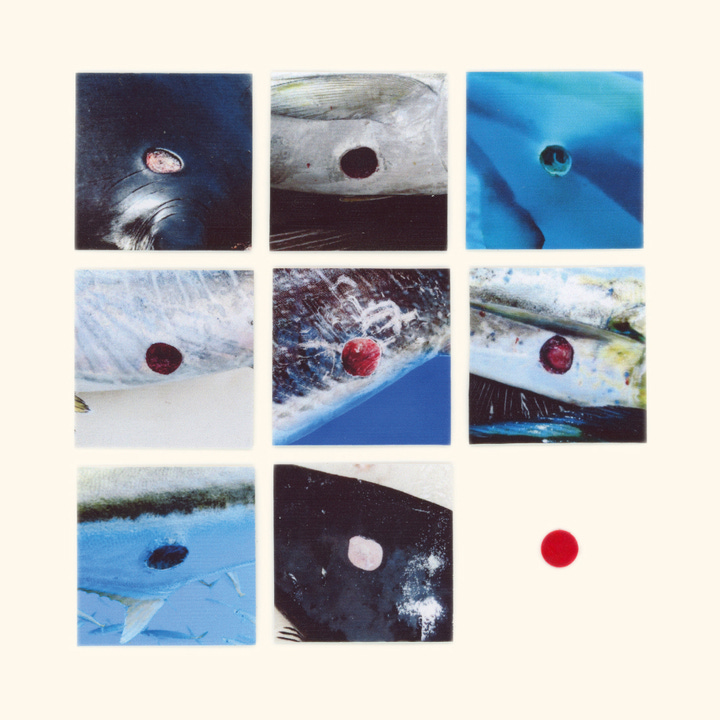Cake friends,
Sharks might not be the first thing that come to mind for a magazine devoted to cookies, but there’s no science writer quite like Sabrina Imbler. The author of How Far The Light Reaches, a shimmering reported memoir that connects deep sea creatures to decidedly human experiences of identity and more, has written a piece for our new winter issue Tough Cookie that you won’t soon forget.
We’re excited to share their Cake Zine debut below on finding inspiration in the strange life of the cookiecutter shark—a real shark with a not-so-sweet tooth. Read on for an excerpt and a link to the full piece in Slate.
If You Give a Shark a Cookie
Recently in Australia, fishers reeled in a glistening blue swordfish riddled with egg-shaped holes, as if the fish had been mutilated by a melon-baller. The wounds were fresh—open portals into pale pink flesh that still oozed blood as the swordfish slid across the deck and died. Many creatures in the ocean would eagerly chomp on a swordfish, but only one boasts a bite like this: the cookie-cutter shark. This swordfish was likely mangled by a whole group of these sharks, each gouging out a chunk of flesh as their meal was drawn toward the boat. Although the cookie-cutter shark is named for the perfectly cratered shape of its bite, the moniker is only accurate if you imagine a spherical cookie, such as Mexican wedding cookies, rum balls, or maybe a misshapen macaron. But even these cookies are too textured to stand in for the shark’s eerily smooth bite. (Unfortunately for pedants, melon-baller shark carries far less charm.)
At first glance, the cookie-cutter is an unassuming sort of shark. It lacks the blunt face of a hammerhead or the gummy grin of a great white. For a predator capable of feasting on such large prey, it is tiny, no more than two feet long, and its body is slender like a cigar. If one swam by you at the beach, you might not even realize it was a shark. (This would probably never happen, as cookie-cutter sharks spend most of their days in deep waters, sometimes several miles below the ocean’s sunlit surface.) But the cookie-cutter distinguishes itself with its remarkable mouth, which allows the shark to make a meal out of any creature of any size, living or dead.
To this hunter, anything can be a cookie. The domed plugs of flesh the shark swallows can come from any large, fleshy creature. It steals bites from oarfish, which ripple in the water like 10-foot-long ribbons. It makes snacks of blue whales, the largest animals to ever exist on the planet. It conjures 2-inch-wide treats from yellowfin tuna that can weigh more than 400 pounds and zip through water at nearly 50 miles per hour. The shark even swipes “cookies” from great whites, some of the largest marine hunters with no natural predators except for orcas—and cookie-cutters eat orca “cookies,” too.
But how can something so great, and so greatly feared, become a teensy confection? Simply by surprise. The cookie-cutter shark is an excellent ambusher, darting towards a mark and suctioning onto flesh with its full, luscious lips in a seemingly saccharine kiss. Once this lip-lock has a good seal, the cookie-cutter digs in with its teeth, of which half are shaped like old-fashioned pen nibs and the other half which resemble a bandsaw. Then the cookie-cutter shark begins to twist and spin and gradually shut its jaw, cleanly wrenching flesh from flesh. And in just a few seconds, having secured its meal, the shark flees the scene, the master of the dine and dash.
Looking for a great holiday gift? Order Tough Cookie and get 40% off our previous issue, Humble Pie, for a double dose of reading and eating inspiration. Discount automatically applied at checkout.



